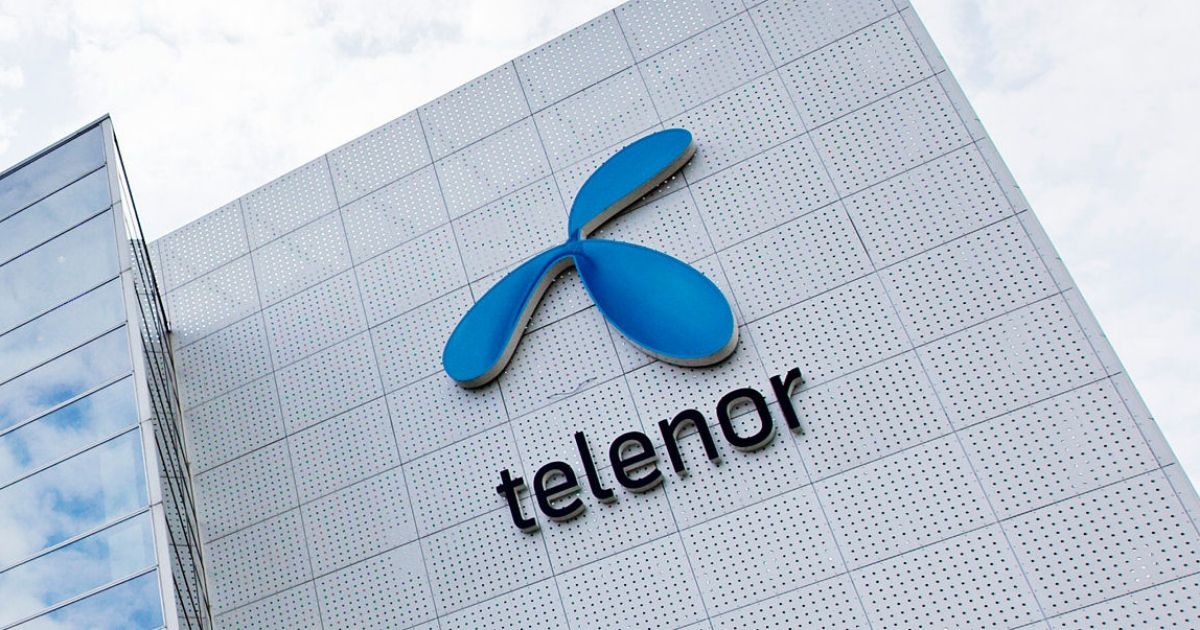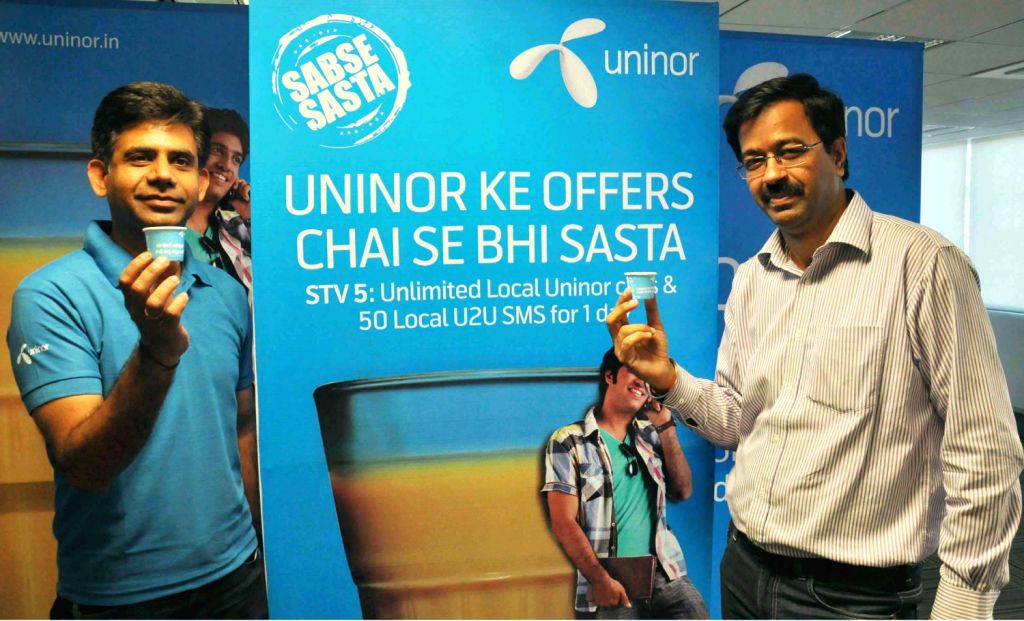
Remember Telenor, Norwegian telecom operator? It was popularly known as Uninor in India before its rebranding and was famous for its affordable 2G data plans and unlimited calling services. While the Norway-based telco exited the Indian market after Jio’s 4G revolution, it remains one of the largest service providers in the world with its presence across multiple nations. Now, Telenor has just become the first telecom company to deploy 4G services in Antarctica, the southern pole of Earth.
The continent of Antarctica is one of the most remote places on the planet and does not have an active population, due to harsh climatic conditions. However, scientists from all over the world conduct research here to study the effects of global warming and other environmental resources. Despite the massive scale of research happening in the region, the continent is so far deprived of cellular services and relies on limited satellite communications. But Telenor plans to change this.
The company’s new 4G services will open the doors of internet-enabled devices and equipment. Scientists will now be able to collect and upload real-time information to data centres. The infrastructure set up by the telco is specially designed to withstand high-speed winds and lower temperatures of the South Pole.
Although enabling 4G networks in Antarctica is a technological breakthrough, Telenor’s cellular services will be limited to the Troll Research Station which is operated by Norway. This new initiative is designed to aid their native scientists.
For reference, there are over 70 research centres in Antarctica operated by over 30 different countries. India also has two research stations on the southern continent, namely Bharati and Maitri. However, Indian scientists will not have access to Telenor’s 4G services in the region.
Telenor’s History in India
Telenor started its 2G services in India in 2007, under a joint venture with the India-based Unitech Group. Hence, the telco was operating in the country as Uninor. Initially, the company deployed its network in three small circles before expanding nationwide.

Uninor was rapidly gaining popularity with its aggressive pricing and also offered packs with unlimited calling. Back then, telecom services in the country were primarily used for voice calls, and internet was considered a luxury add-on.
Uninor’s pricing for 2G data packs was also lower than its competitors, which attracted more users. At one time, Uninor was among the top three telecom operators in regions like Uttar Pradesh. It was also nicknamed ‘India’s sabse sasta telecom operator’, which translates to ‘Cheapest telecom operator in India’.
While the telco was doing fine with its 2G services, it failed to purchase 3G spectrum in India. Hence, Uninor had to continue with 2G networks, which was not sustainable in the longer run. In September 2015, Uninor renamed itself to Telenor in India, the same as its global identity. However, the telecom operator did not pursue any deals to acquire additional spectrum. When players like Vodafone, Airtel, and Idea were preparing to launch 4G services in India, Telenor showed no plans to upgrade.
The introduction of Reliance Jio 4G in 2016 was a final blow to Telenor, as it could no longer compete in India without a 4G spectrum. Due to increasing losses, the company decided to exit the Indian market. In May 2018, Telenor sold its Indian division to Airtel.


















